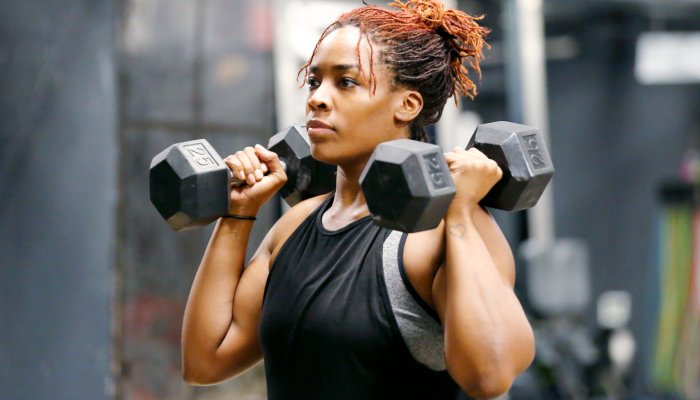How A Longevity-Focused MD Exercises For A Longer, Healthier Life

I’ve always been a fan of carrying heavy objects with my hands. As a teenager working on a construction site over the summers, I always volunteered to haul tools and materials across the site, and today I still incorporate some kind of carrying, typically with dumbbells, kettlebells, or sandbags, into most of my workouts.
I’ve also become semi-obsessed with an activity called rucking, which basically means hiking or walking at a fast pace with a loaded pack on your back. Three or four days a week, I’ll spend an hour rucking around my neighborhood, up and down hills, typically climbing and descending several hundred feet over the course of 3 or 4 miles. The 50- to 60-pound pack on my back makes it quite challenging, so I’m strengthening my legs and my trunk while also getting in a solid cardiovascular session. The best part is that I never take my phone on these outings; it’s just me, in nature, or maybe with a friend or a family member or a houseguest (for whom rucking is mandatory; I keep two extra rucksacks in the garage).
I was introduced to this pastime by Michael Easter in his eye-opening book The Comfort Crisis. His intriguing thesis is that because we have removed all discomfort of any kind from modern life, we have lost touch with the fundamental skills (not to mention the frequent suffering) that once defined what it meant to be human. Carrying stuff over long distances is one of these skills; our ancestors likely had to range far and wide to hunt food for their families and then carry their kills back to camp to feed everyone. But it’s so effective that the military has incorporated it into their training.
“Carrying shaped our species,” he says. “Our ancestors carried often. It gave them robust functional strength and endurance that was likely very protective. But we’ve engineered carrying out of our lives, just as we have many other forms of discomfort. Rucking is a practical way to add carrying back into our lives.”
The main difference is that instead of carrying 60 pounds of antelope meat in my pack, I’m typically hauling heavy metal weights, which are admittedly less appetizing. One thing I specifically focus on when rucking is the hills. Going uphill gives me a chance to push my VO2 max energy system; first-time ruckers are amazed at how taxing it is to walk up a 15% grade with even 20 pounds on your back—and then walk back down. (A good goal is to be able to carry one-quarter to one-third of your body weight once you develop enough strength and stamina. My daughter and wife routinely carry this much when they join me.)
As great as rucking is, it’s not the only thing I rely on to build my strength. Fundamentally, I structure my training around exercises that improve the following:
